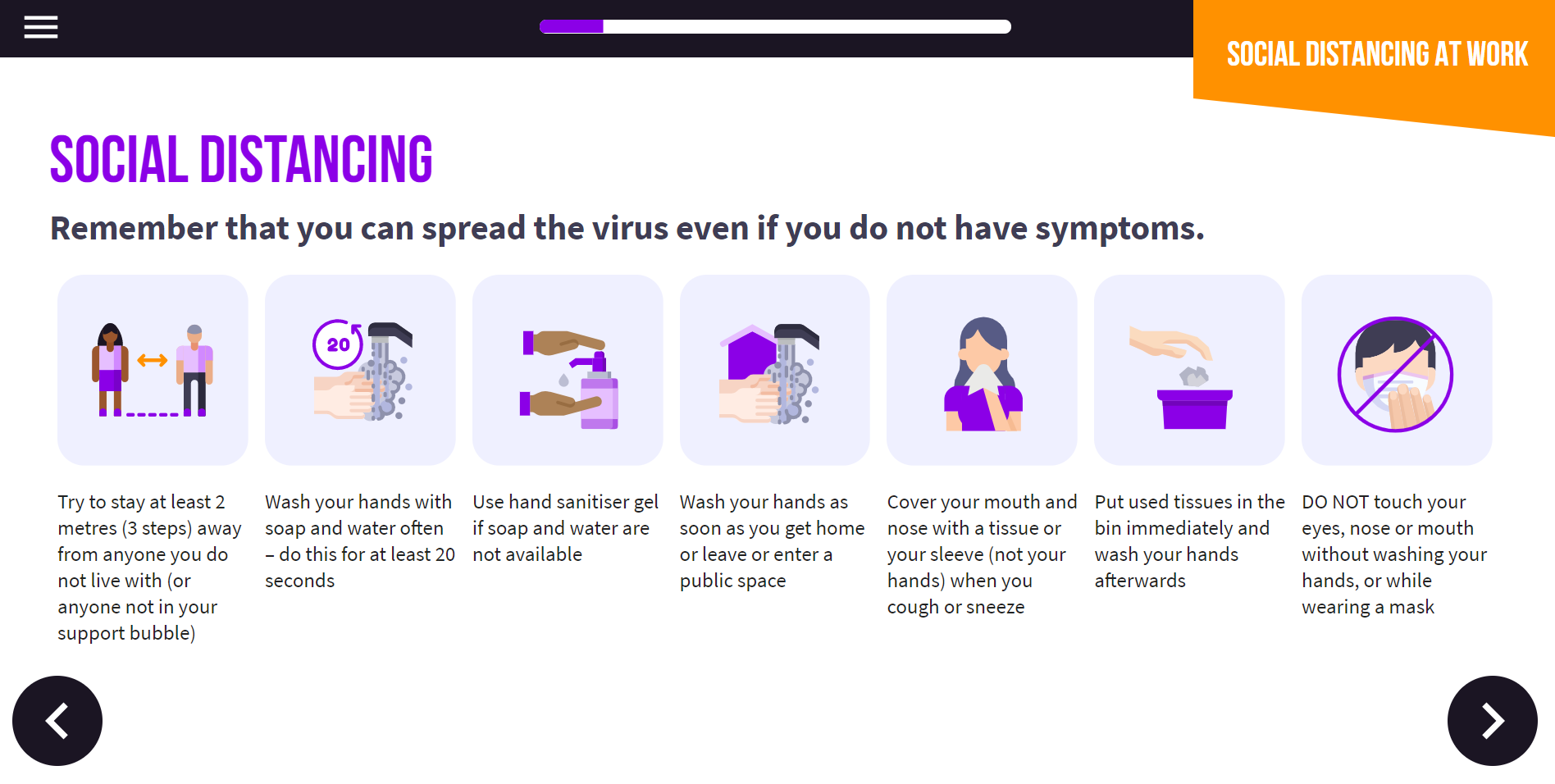[vc_row type=”full_width_background” full_screen_row_position=”middle” column_margin=”default” column_direction=”default” column_direction_tablet=”default” column_direction_phone=”default” scene_position=”center” text_color=”dark” text_align=”left” row_border_radius=”none” row_border_radius_applies=”bg” overflow=”visible” overlay_strength=”0.3″ gradient_direction=”left_to_right” shape_divider_position=”bottom” bg_image_animation=”none” shape_type=””][vc_column column_padding=”no-extra-padding” column_padding_tablet=”inherit” column_padding_phone=”inherit” column_padding_position=”all” column_element_spacing=”default” background_color_opacity=”1″ background_hover_color_opacity=”1″ column_shadow=”none” column_border_radius=”none” column_link_target=”_self” column_position=”default” gradient_direction=”left_to_right” overlay_strength=”0.3″ width=”1/1″ tablet_width_inherit=”default” tablet_text_alignment=”default” phone_text_alignment=”default” animation_type=”default” bg_image_animation=”none” border_type=”simple” column_border_width=”none” column_border_style=”solid”][vc_column_text]
If we’re not used to dealing with disabled people, we may feel awkward when we come across someone with a disability. We may not know how best to help them – and we might cause offence without meaning to.
[/vc_column_text][vc_column_text]
A lot of the time, we worry unnecessarily – for example, it’s perfectly all right to say ‘I don’t see why…’ when talking to a blind or visually impaired person. But there are some common mistakes that non-disabled people make when dealing with disabled people – and here are five of the most common.
[/vc_column_text][vc_custom_heading text=”1. Taking a blind or visually impaired person’s arm” use_theme_fonts=”yes”][vc_column_text]
Most people actually prefer to take your arm, not the other way around – so don’t grab a person to guide them. Instead, offer your arm if they need it and be sure to warn them of any obstacles.
[/vc_column_text][vc_custom_heading text=”2. Shouting at someone with a hearing impairment” use_theme_fonts=”yes”][vc_column_text]
Shouting doesn’t make us easier to understand – in fact, it distorts our faces and it can make it harder for people with a hearing impairment to lip-read. So just speak at your normal speed and volume, and make sure that the person can see you.
[/vc_column_text][vc_custom_heading text=”3. Talking to guide dogs before their owners” use_theme_fonts=”yes”][vc_column_text]
We all love dogs, but it’s rude to speak to and fuss over a guide dog before addressing its owner. So always talk to the person, not the dog.
[/vc_column_text][vc_custom_heading text=”4. Standing up when talking to a wheelchair user” use_theme_fonts=”yes”][vc_column_text]
A wheelchair user will soon get a stiff neck from looking up at someone who’s standing. So try to get down to a similar level – they won’t think you’re being condescending, and they’ll be much more comfortable.
[/vc_column_text][vc_custom_heading text=”5. Assuming you know how to help” use_theme_fonts=”yes”][vc_column_text]
We may not always be the best judge of how to help someone who’s disabled. So if in doubt – just ask.
[/vc_column_text][vc_column_text css=”.vc_custom_1533201188757{margin-bottom: 30px !important;}”]
Susan Scott-Parker OBE, believes that the case for being disability confident is simple.
[/vc_column_text][image_with_animation image_url=”7910″ image_size=”full” animation_type=”entrance” animation=”Fade In” hover_animation=”none” alignment=”center” border_radius=”none” box_shadow=”none” image_loading=”default” max_width=”100%” max_width_mobile=”default”][vc_column_text]
“Even though we have the Equality Act 2010, ‘we’re often asked ‘Why bother?’ But the ‘why bother?’ for me is pretty clear. You need to understand, one in three people are disabled or close to someone who is. You need to understand the impact that has on your talent pool. Your managers will be more effective, more efficient, if they know how to make adjustments which enable everyone to contribute. And what we see time and time again is that, if you’re good at welcoming disabled customers, everyone is getting better service. So, disability-confident organisations are just more effective all round.”
Susan Scott-Parker OBE
[/vc_column_text][vc_custom_heading text=”Top 5 mistakes: Dealing with disabled people at work” font_container=”tag:h3|text_align:center” use_theme_fonts=”yes”][vc_video link=”https://www.youtube.com/embed/HXEEh6UteEo” align=”center”][vc_column_text]
Learn the practical steps you need to take when serving disabled customers and working with disabled colleagues with Disability Confident training from VinciWorks.
[/vc_column_text][/vc_column][/vc_row][vc_row type=”in_container” full_screen_row_position=”middle” column_margin=”default” column_direction=”default” column_direction_tablet=”default” column_direction_phone=”default” scene_position=”center” text_color=”dark” text_align=”left” row_border_radius=”none” row_border_radius_applies=”bg” overflow=”visible” overlay_strength=”0.3″ gradient_direction=”left_to_right” shape_divider_position=”bottom” bg_image_animation=”none”][vc_column column_padding=”no-extra-padding” column_padding_tablet=”inherit” column_padding_phone=”inherit” column_padding_position=”all” column_element_spacing=”default” background_color_opacity=”1″ background_hover_color_opacity=”1″ column_shadow=”none” column_border_radius=”none” column_link_target=”_self” column_position=”default” gradient_direction=”left_to_right” overlay_strength=”0.3″ width=”1/1″ tablet_width_inherit=”default” tablet_text_alignment=”default” phone_text_alignment=”default” animation_type=”default” bg_image_animation=”none” border_type=”simple” column_border_width=”none” column_border_style=”solid”][vc_custom_heading text=”Our disability awareness training films come in these formats.” font_container=”tag:h3|text_align:left” use_theme_fonts=”yes”][/vc_column][/vc_row][vc_row type=”in_container” full_screen_row_position=”middle” column_margin=”default” column_direction=”default” column_direction_tablet=”default” column_direction_phone=”default” scene_position=”center” text_color=”dark” text_align=”left” row_border_radius=”none” row_border_radius_applies=”bg” overflow=”visible” overlay_strength=”0.3″ gradient_direction=”left_to_right” shape_divider_position=”bottom” bg_image_animation=”none”][vc_column column_padding=”no-extra-padding” column_padding_tablet=”inherit” column_padding_phone=”inherit” column_padding_position=”all” column_element_spacing=”default” background_color_opacity=”1″ background_hover_color_opacity=”1″ column_shadow=”none” column_border_radius=”none” column_link_target=”_self” column_position=”default” gradient_direction=”left_to_right” overlay_strength=”0.3″ width=”1/3″ tablet_width_inherit=”default” tablet_text_alignment=”default” phone_text_alignment=”default” animation_type=”default” bg_image_animation=”none” border_type=”simple” column_border_width=”none” column_border_style=”solid”][nectar_flip_box text_color=”dark” icon_color=”Accent-Color” bg_color_2=”#f8f8f8″ text_color_2=”dark” h_text_align=”left” v_text_align=”top” image_loading=”default” flip_direction=”horizontal-to-left” front_content=”Short film”]An essential overview of the key learning points of a topic in a 10-minute film. For delivery online or in a classroom.[/nectar_flip_box][/vc_column][vc_column column_padding=”no-extra-padding” column_padding_tablet=”inherit” column_padding_phone=”inherit” column_padding_position=”all” column_element_spacing=”default” background_color_opacity=”1″ background_hover_color_opacity=”1″ column_shadow=”none” column_border_radius=”none” column_link_target=”_self” column_position=”default” gradient_direction=”left_to_right” overlay_strength=”0.3″ width=”1/3″ tablet_width_inherit=”default” tablet_text_alignment=”default” phone_text_alignment=”default” animation_type=”default” bg_image_animation=”none” border_type=”simple” column_border_width=”none” column_border_style=”solid”][nectar_flip_box text_color=”dark” icon_color=”Accent-Color” bg_color_2=”#f8f8f8″ text_color_2=”dark” h_text_align=”left” v_text_align=”top” image_loading=”default” flip_direction=”horizontal-to-left” front_content=”Micro-course”]A 15-minute video-based online learning journey delivered in bite-sized chunks with an easy-to-use menu. Ideal for learning on the go.[/nectar_flip_box][/vc_column][vc_column column_padding=”no-extra-padding” column_padding_tablet=”inherit” column_padding_phone=”inherit” column_padding_position=”all” column_element_spacing=”default” background_color_opacity=”1″ background_hover_color_opacity=”1″ column_shadow=”none” column_border_radius=”none” column_link_target=”_self” column_position=”default” gradient_direction=”left_to_right” overlay_strength=”0.3″ width=”1/3″ tablet_width_inherit=”default” tablet_text_alignment=”default” phone_text_alignment=”default” animation_type=”default” bg_image_animation=”none” border_type=”simple” column_border_width=”none” column_border_style=”solid”][nectar_flip_box text_color=”dark” icon_color=”Accent-Color” bg_color_2=”#f8f8f8″ text_color_2=”dark” h_text_align=”left” v_text_align=”top” image_loading=”default” flip_direction=”horizontal-to-left” front_content=”Course”]A 30 to 60-minute video-based online training course with downloadable learner notes and assessment quiz.[/nectar_flip_box][/vc_column][/vc_row][vc_row type=”in_container” full_screen_row_position=”middle” column_margin=”default” column_direction=”default” column_direction_tablet=”default” column_direction_phone=”default” scene_position=”center” text_color=”dark” text_align=”left” row_border_radius=”none” row_border_radius_applies=”bg” overflow=”visible” overlay_strength=”0.3″ gradient_direction=”left_to_right” shape_divider_position=”bottom” bg_image_animation=”none”][vc_column column_padding=”no-extra-padding” column_padding_tablet=”inherit” column_padding_phone=”inherit” column_padding_position=”all” column_element_spacing=”default” background_color_opacity=”1″ background_hover_color_opacity=”1″ column_shadow=”none” column_border_radius=”none” column_link_target=”_self” column_position=”default” gradient_direction=”left_to_right” overlay_strength=”0.3″ width=”1/3″ tablet_width_inherit=”default” tablet_text_alignment=”default” phone_text_alignment=”default” animation_type=”default” bg_image_animation=”none” border_type=”simple” column_border_width=”none” column_border_style=”solid”][/vc_column][vc_column column_padding=”no-extra-padding” column_padding_tablet=”inherit” column_padding_phone=”inherit” column_padding_position=”all” column_element_spacing=”default” background_color_opacity=”1″ background_hover_color_opacity=”1″ column_shadow=”none” column_border_radius=”none” column_link_target=”_self” column_position=”default” gradient_direction=”left_to_right” overlay_strength=”0.3″ width=”1/3″ tablet_width_inherit=”default” tablet_text_alignment=”default” phone_text_alignment=”default” animation_type=”default” bg_image_animation=”none” border_type=”simple” column_border_width=”none” column_border_style=”solid”][nectar_btn size=”large” open_new_tab=”true” button_style=”regular” button_color_2=”Accent-Color” icon_family=”none” url=”https://s3.amazonaws.com/skillboosterscatalogue/index.html” text=”Go to catalogue”][/vc_column][vc_column column_padding=”no-extra-padding” column_padding_tablet=”inherit” column_padding_phone=”inherit” column_padding_position=”all” column_element_spacing=”default” background_color_opacity=”1″ background_hover_color_opacity=”1″ column_shadow=”none” column_border_radius=”none” column_link_target=”_self” column_position=”default” gradient_direction=”left_to_right” overlay_strength=”0.3″ width=”1/3″ tablet_width_inherit=”default” tablet_text_alignment=”default” phone_text_alignment=”default” animation_type=”default” bg_image_animation=”none” border_type=”simple” column_border_width=”none” column_border_style=”solid”][/vc_column][/vc_row][vc_row type=”in_container” full_screen_row_position=”middle” column_margin=”default” column_direction=”default” column_direction_tablet=”default” column_direction_phone=”default” scene_position=”center” text_color=”dark” text_align=”left” row_border_radius=”none” row_border_radius_applies=”bg” overflow=”visible” overlay_strength=”0.3″ gradient_direction=”left_to_right” shape_divider_position=”bottom” bg_image_animation=”none”][vc_column column_padding=”no-extra-padding” column_padding_tablet=”inherit” column_padding_phone=”inherit” column_padding_position=”all” column_element_spacing=”default” background_color_opacity=”1″ background_hover_color_opacity=”1″ column_shadow=”none” column_border_radius=”none” column_link_target=”_self” column_position=”default” gradient_direction=”left_to_right” overlay_strength=”0.3″ width=”1/1″ tablet_width_inherit=”default” tablet_text_alignment=”default” phone_text_alignment=”default” animation_type=”default” bg_image_animation=”none” border_type=”simple” column_border_width=”none” column_border_style=”solid”][vc_custom_heading text=”About VinciWorks” font_container=”tag:h3|text_align:left” use_theme_fonts=”yes”][vc_column_text]VinciWorks is the leading provider of online compliance training and risk management software. Used by leading organisations around the globe, VinciWorks produce video-rich online courses that engage learners to bring about real and lasting behavioural change in the workplace.[/vc_column_text][/vc_column][/vc_row]








